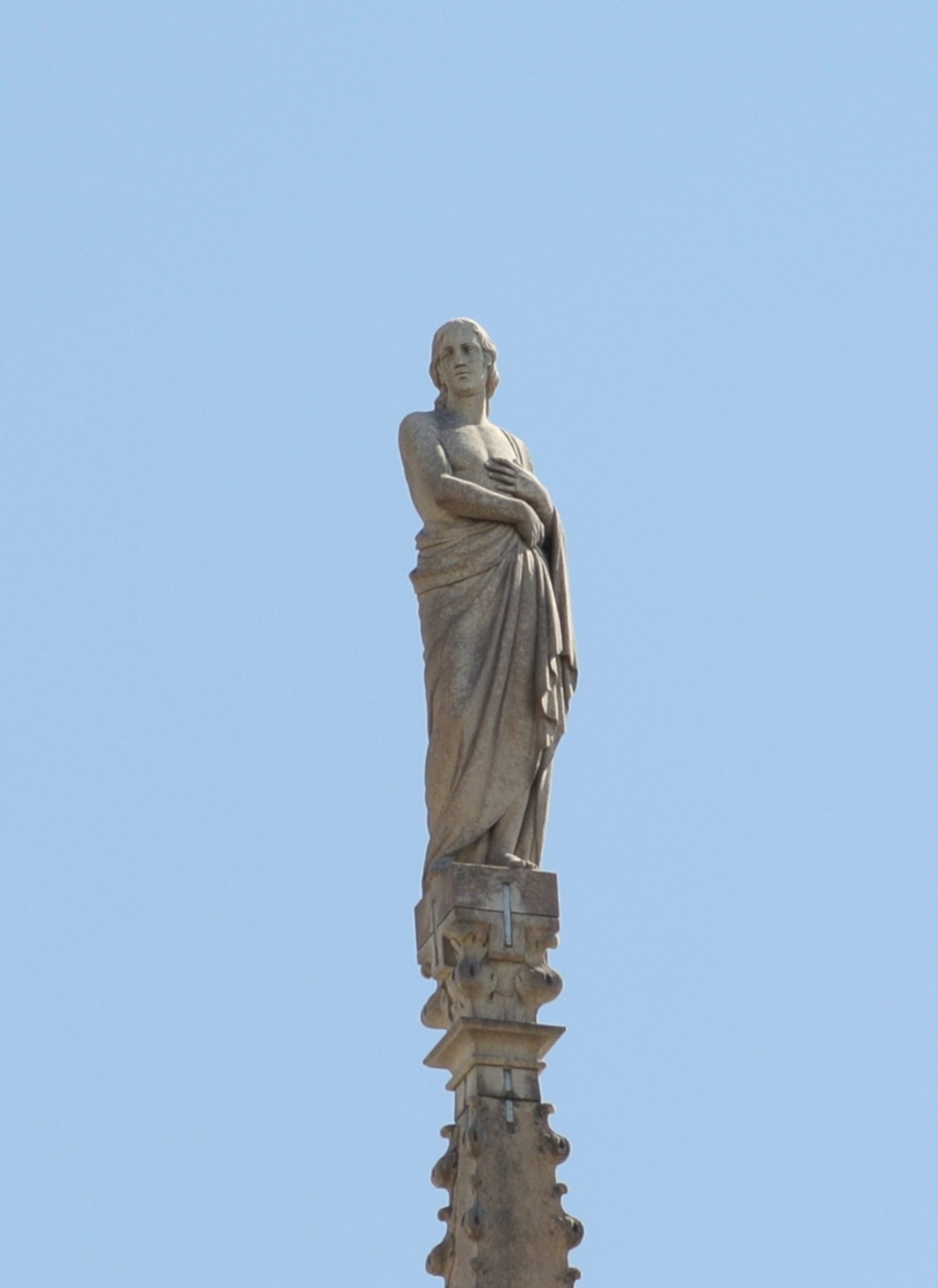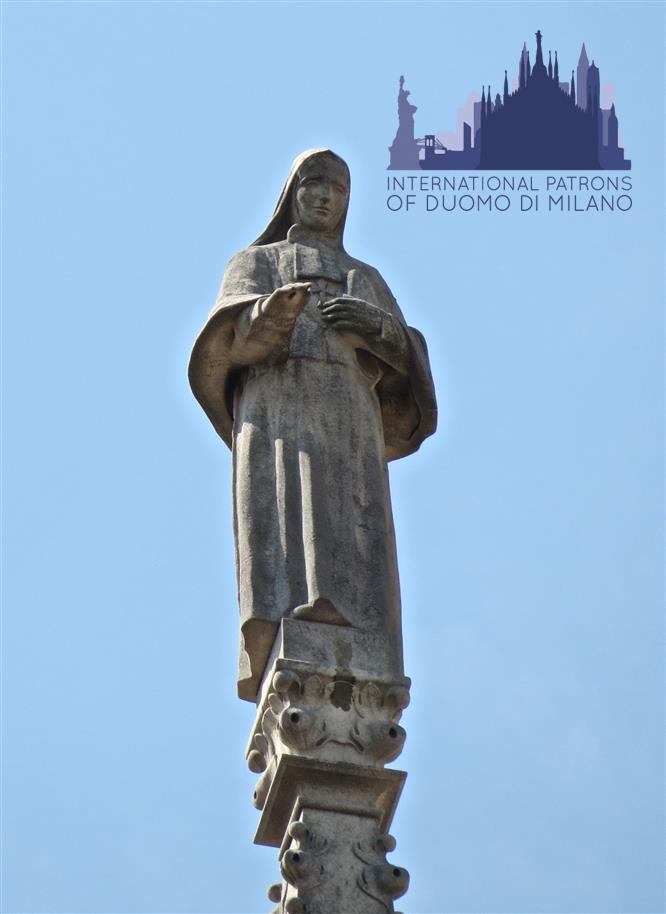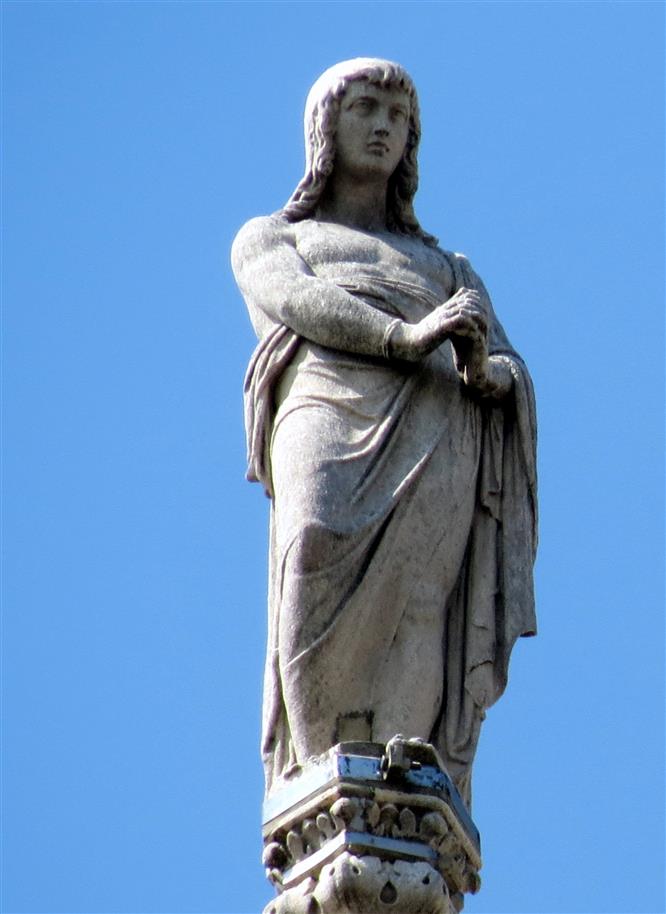Saint Diocletius, together with other Christian companions, was a prisoner in the Roman province of Asia at the time when the emperor Diocletian had divided the empire in two and had promoted a persecution against Christians. The proconsul of the province was a certain Faltonio Piniano, a nobleman from the Marche who fell seriously ill, and his wife after the failing of medical treatment, turned to the Christians held prisoners to ask for advice. Antimo, the priest of this community, told her that her husband would only recover if he converted, and so it was. As a form of gratitude, Piniano undertook to free as many Christians as he could that were present in the region, hiding them in his possessions: among these there was also Diocletius, who however was stoned by the angered crowd because he didn’t want to sacrifice to pagan dities. The name of Dioclezio is also mentioned in the Gerominian Martyrology: the monastery of S. Fiorenzo was born on his tomb and the remains of the three were definitively transferred to the cathedral of Osimo in 1437.
Tales of the statue in Dome’s building site:
It is certain that the statue in question represents San Dioclezio, as also reported by the engraving of the name on the base. Despite this, little is known about the date of execution of the original and the author who performed it. The figure present today on the Spire is in fact a reproduction dated to the mid-20th century.
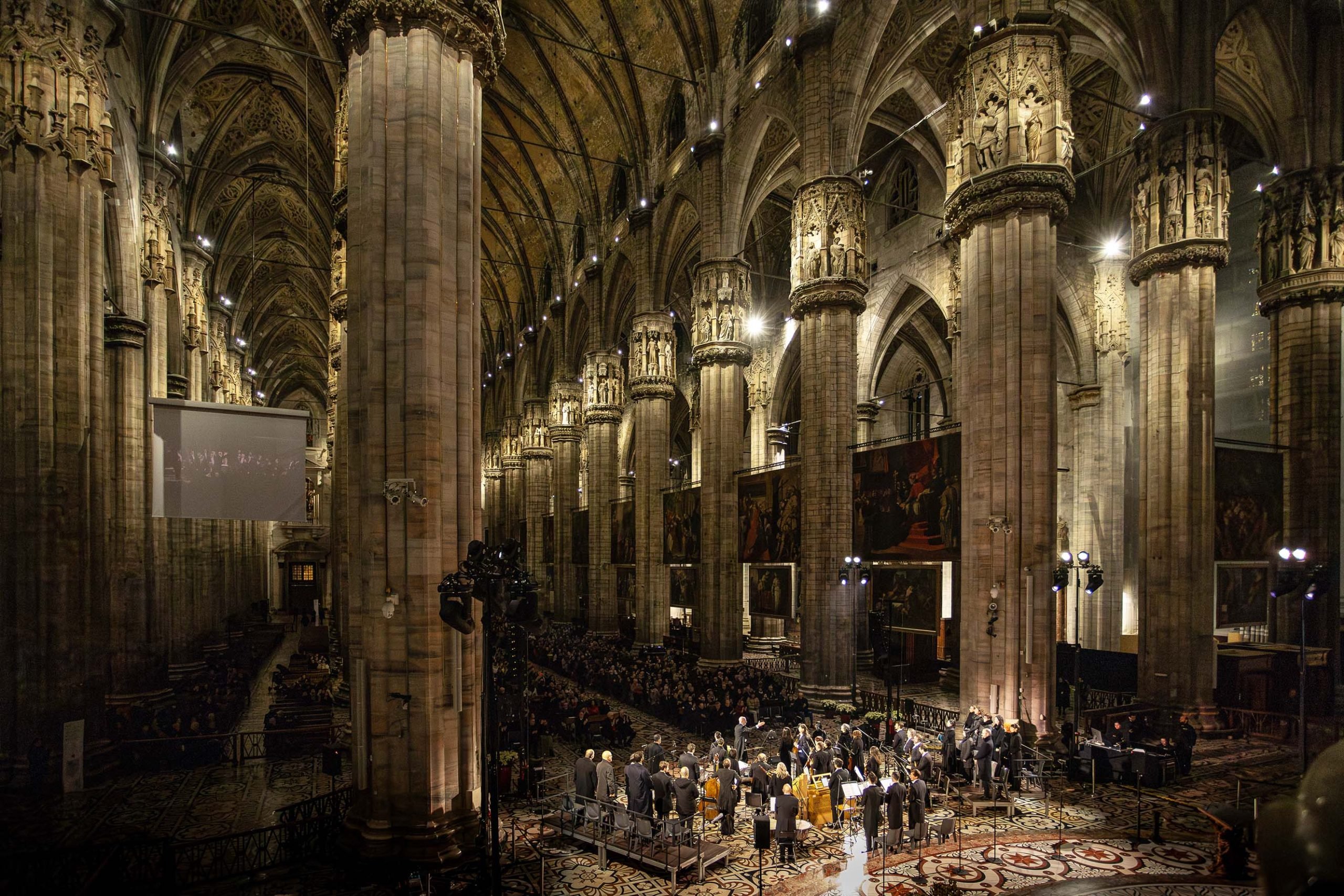
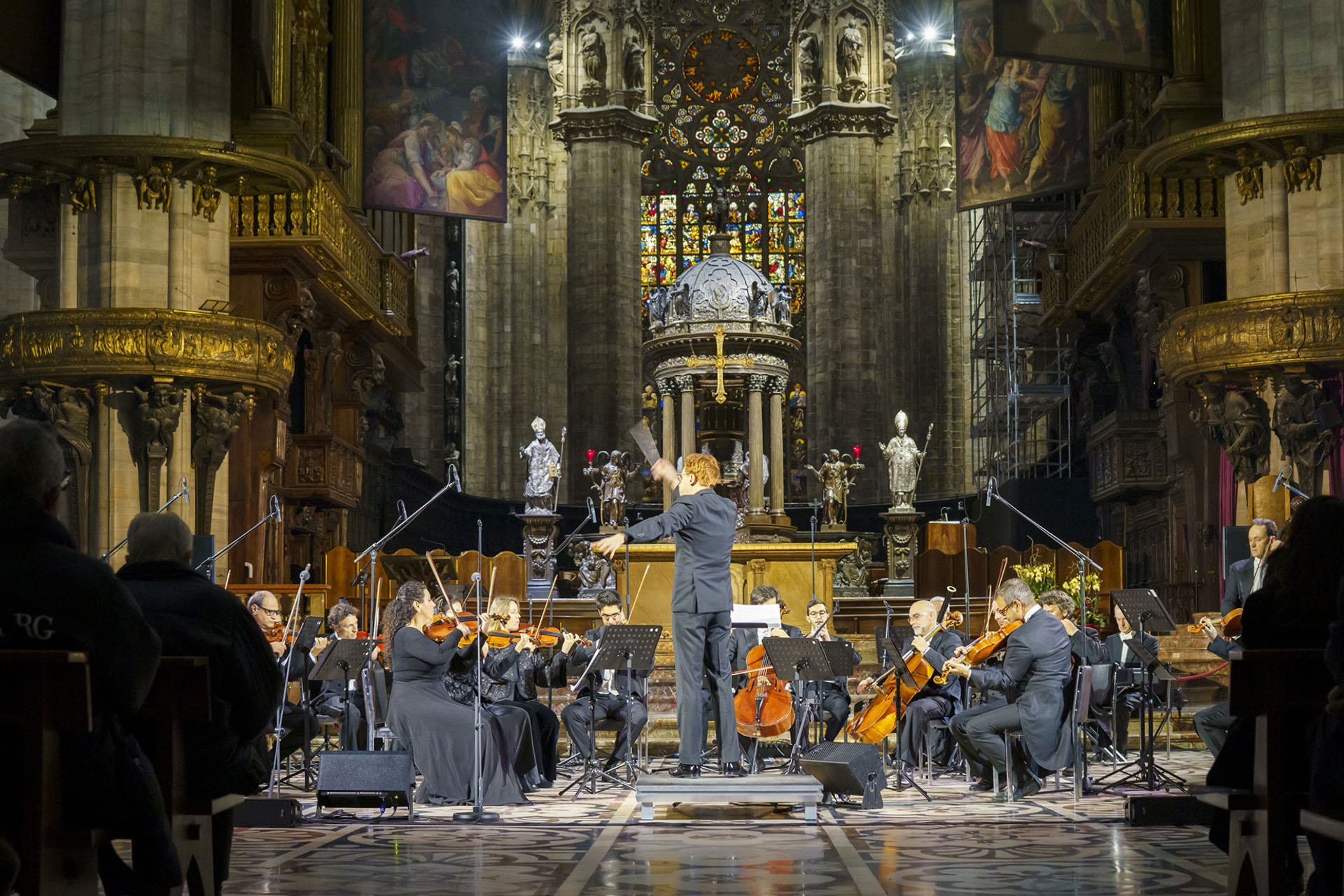
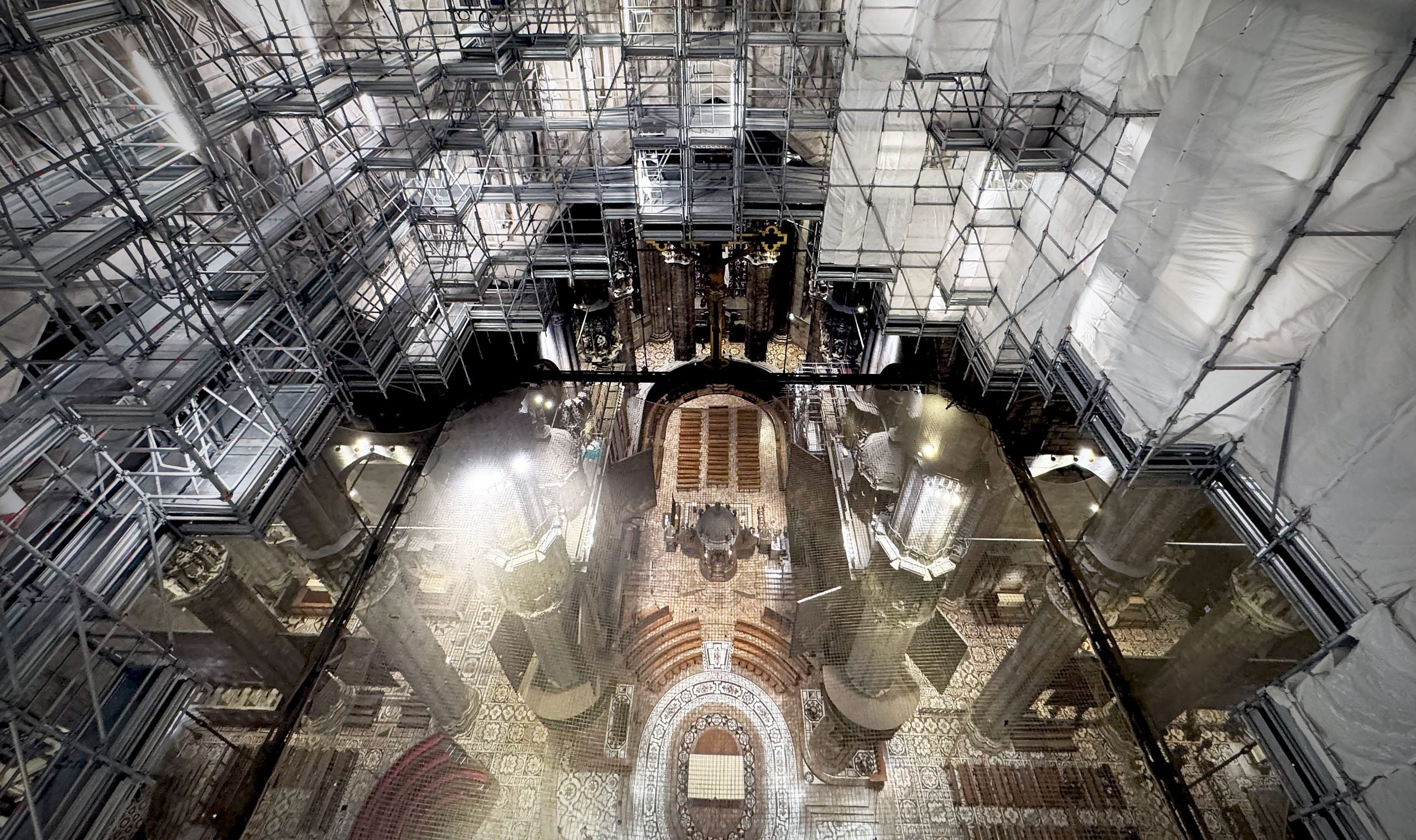
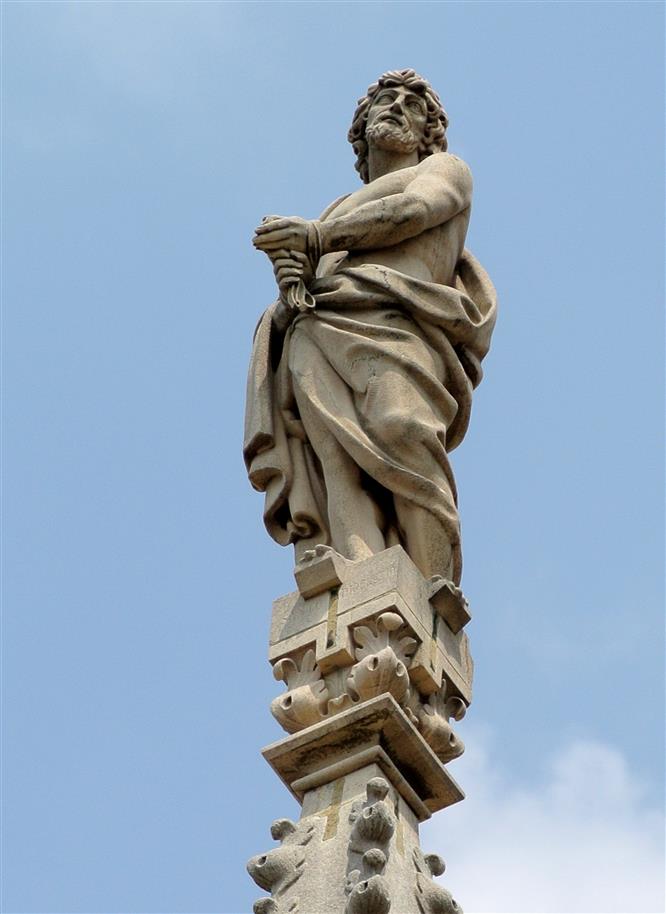
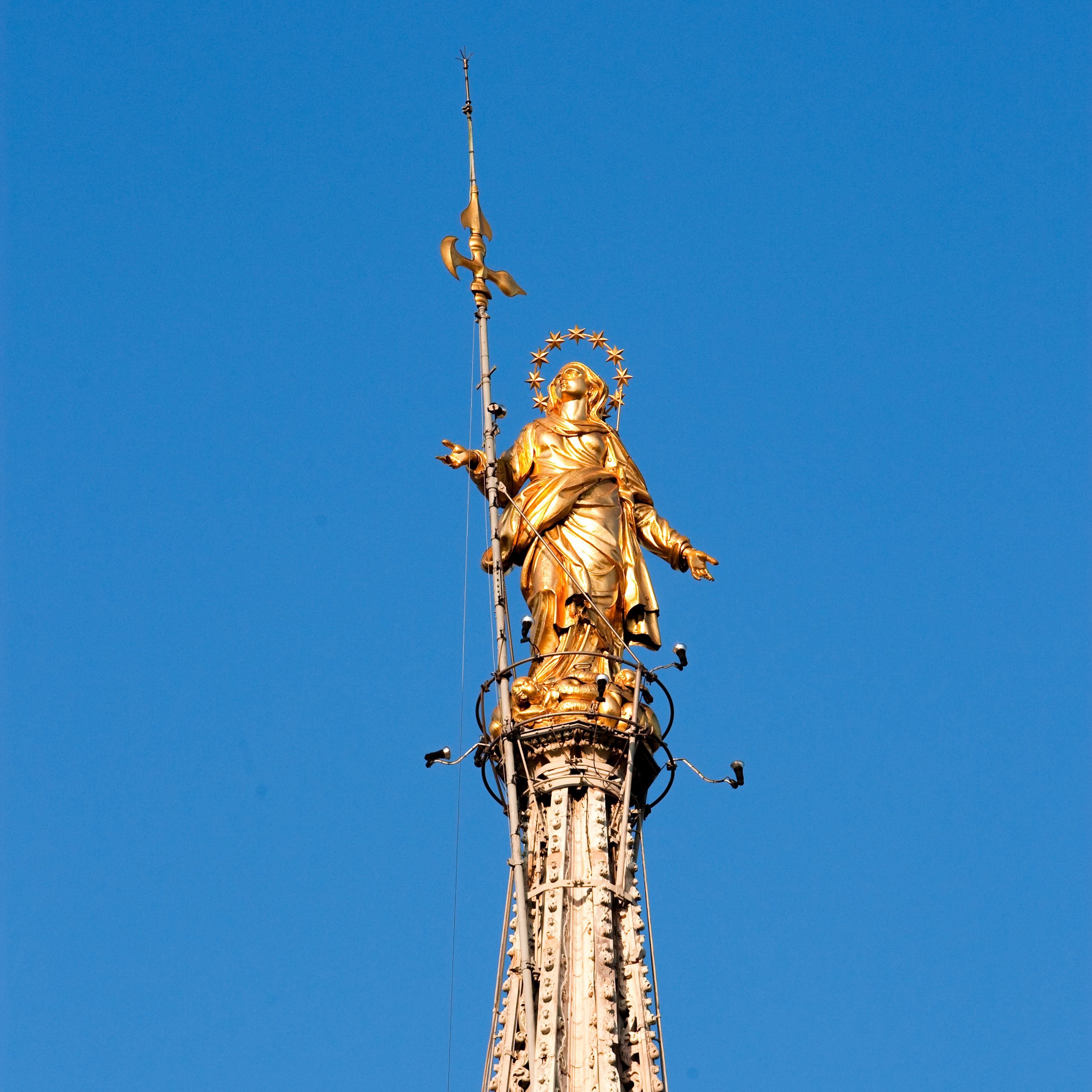
 Tiburio
Tiburio